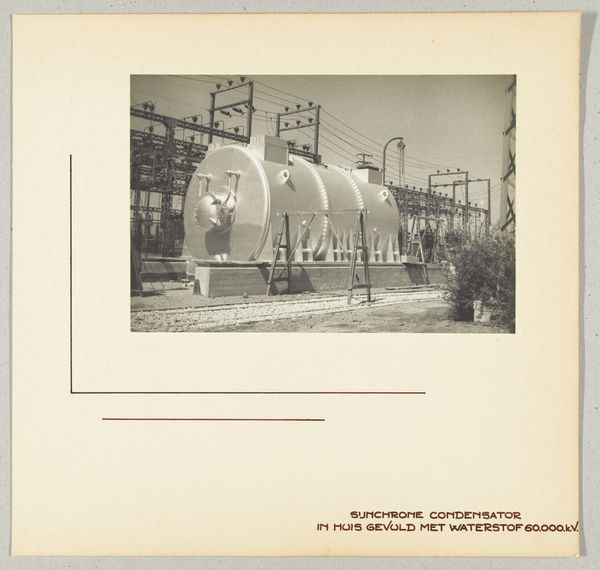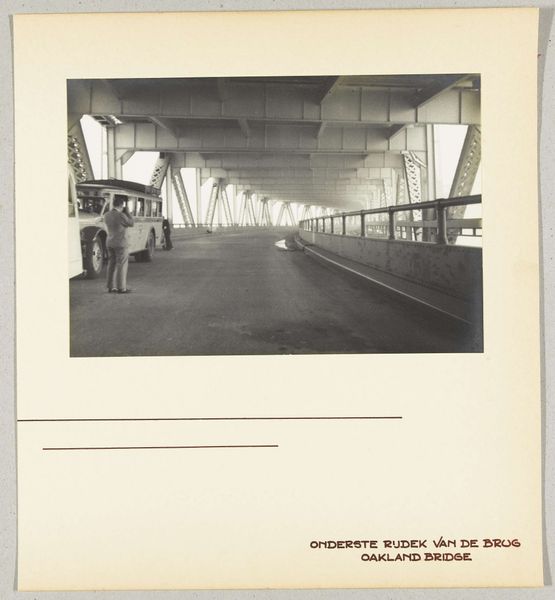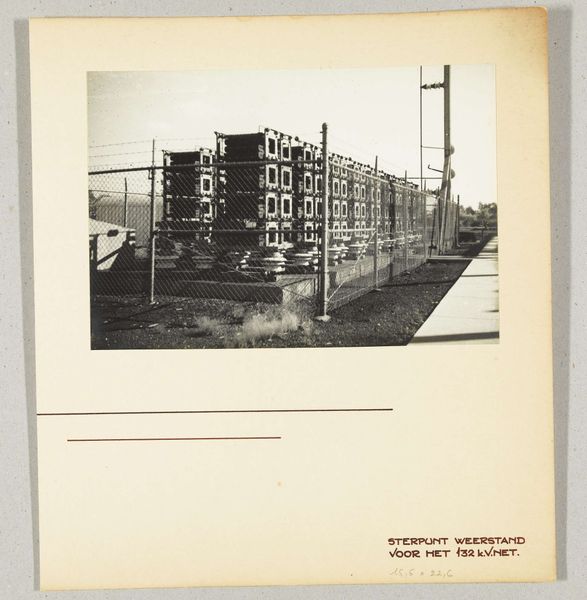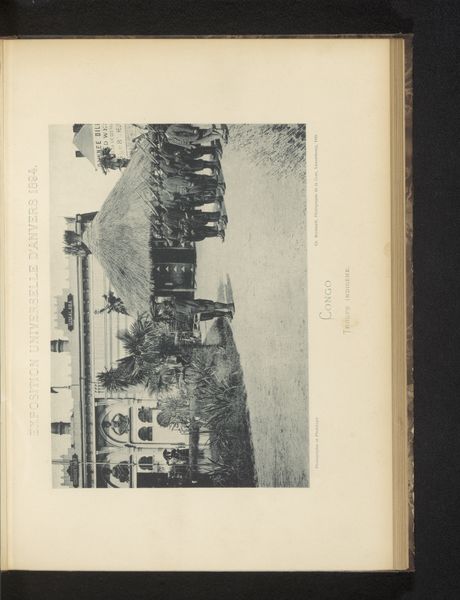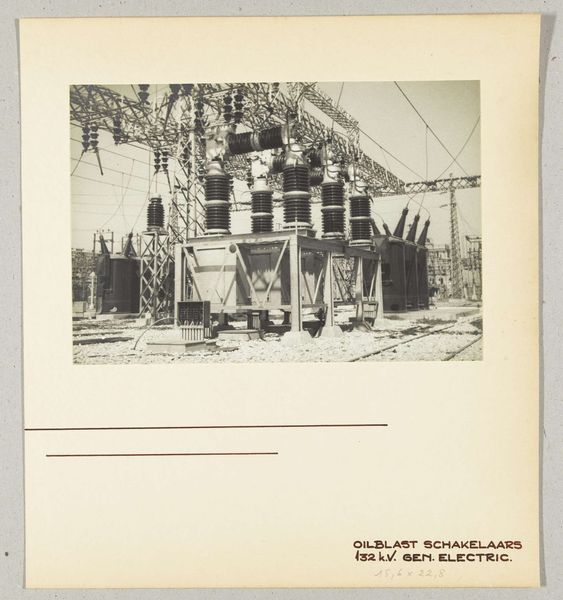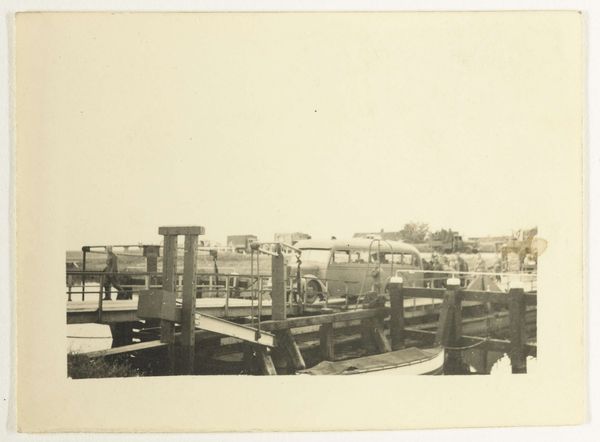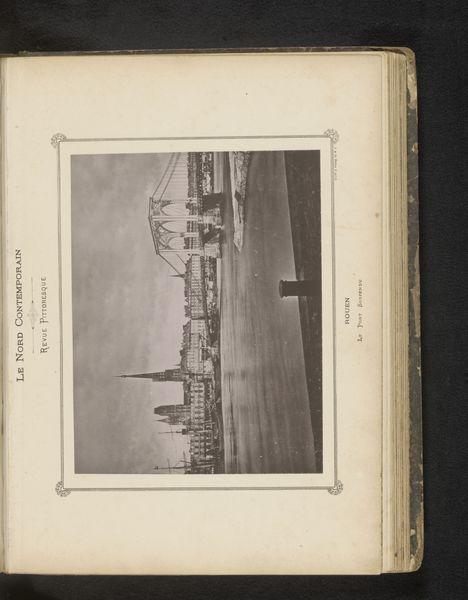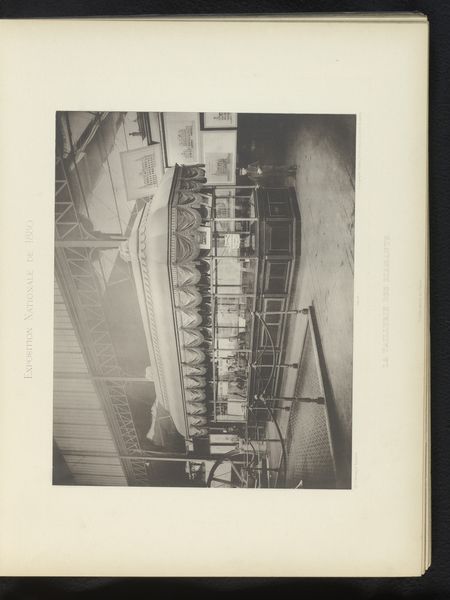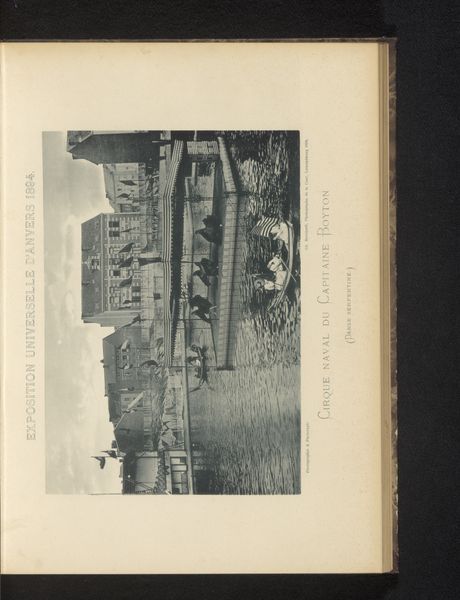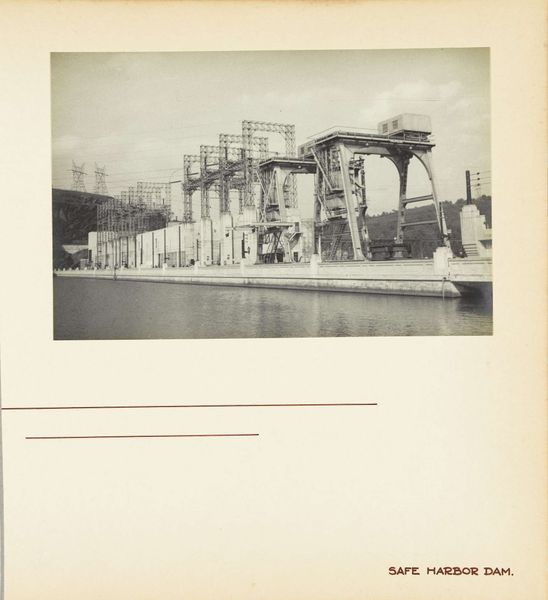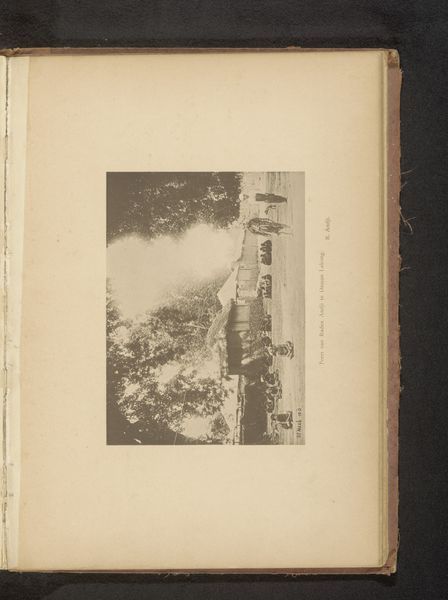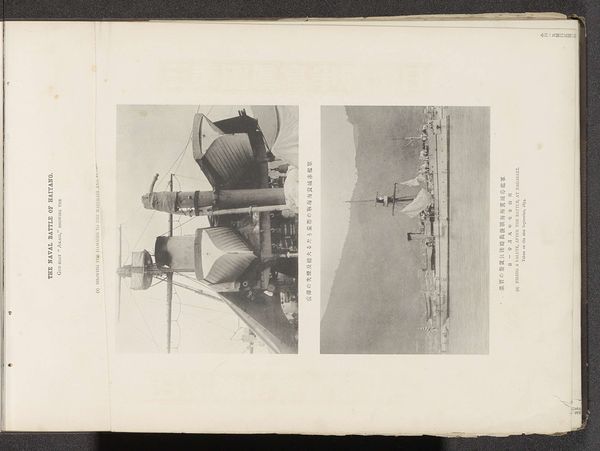
Long Beach, Los Angelos, California, Verenigde Staten: gastoevoer van de (energie)centrale 1936
0:00
0:00
photography
#
landscape
#
photography
#
modernism
#
realism
Dimensions: height 153 mm, width 227 mm, height 315 mm, width 285 mm
Copyright: Rijks Museum: Open Domain
Curator: At first glance, this photograph, “Long Beach, Los Angeles, California, United States: gas supply of the (energy) power plant,” taken around 1936, seems starkly functional. What’s your initial impression? Editor: Bleak. There's an industrial coldness to it, almost devoid of human presence yet so clearly showing human construction and modification of the landscape. It looks almost apocalyptic. Curator: It definitely speaks to the intersection of industry and environment, echoing anxieties of the 1930s regarding industrial growth. I can’t help thinking about what communities were likely impacted by this type of infrastucture and who was likely excluded from any benefits. Editor: Yes, there's that historical tension inherent in the steel and concrete – who profits from all this material extraction, and at what cost? Considering it's a photograph of infrastructure for gas supply, what’s not present visually speaks volumes about extraction, labor, and its eventual combustion. Curator: Absolutely, there’s a real social story embedded in the material realities represented. This image isn't simply a neutral recording; it implicates a complex power dynamic between those who produce and consume energy, as well as who gains from its use. And how these types of structures shape both class and geography. Editor: Exactly. The very arrangement of the pipes, the choice of materials, the overall design - it's all about control. The infrastructure almost presents this utopian ambition of boundless resources but at what price. I see labor absent in the shot but present nonetheless by implication. Curator: I think we're seeing how photography can document but also conceal. On the surface, we have a matter-of-fact representation of machinery, but by looking closer and acknowledging absent bodies we also begin to unravel questions about social exploitation and ecological harm that still affect us today. Editor: Looking again at it I see a reminder that even in what seems a purely technical depiction, we still see and grapple with history and its material consequences. Curator: For me too it provokes considerations on history and materiality in the contemporary landscapes that continue to bear traces of such decisions.
Comments
No comments
Be the first to comment and join the conversation on the ultimate creative platform.
